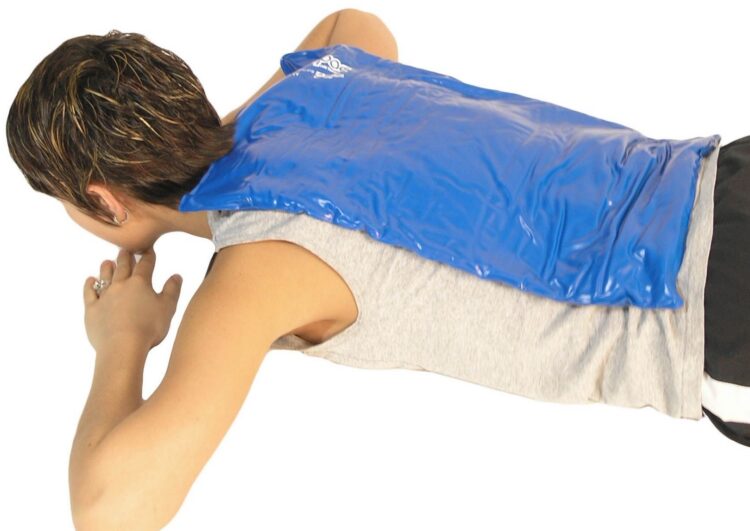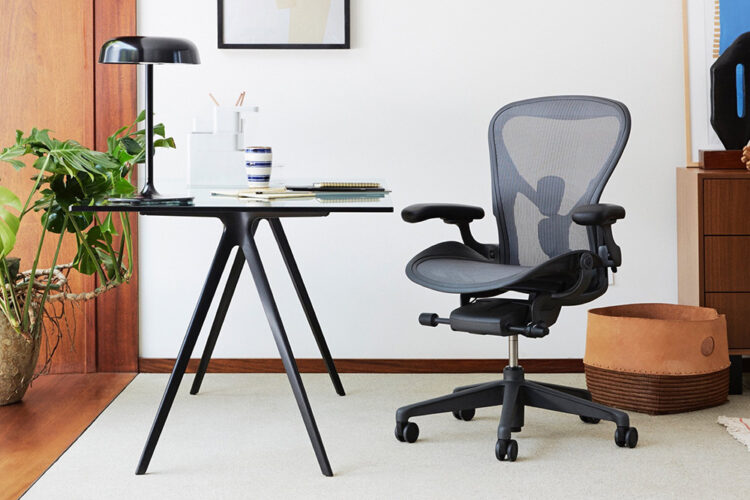
Back pain comes about due to many factors such as arthritis, accident injury, nerve damage, or doing heavy lifting physical work. It can be frustrating and unsettling as the pain causes serious discomfort. If you are struggling with back pain, you should understand that people experience this pain at one point in their lives.
It’s a common reason to seek a doctor’s appointment or call in sick. Plus, back pain is a leading cause of disability according to the WHO. Treatment for back pain can be simple or complex depending on the nature of your pain. An orthopedic surgeon examines your back and gives an appropriate diagnosis. If you want to learn about the causes of back pain, visit here to find more information. Therefore, the cause determines your treatment. The location of the pain, severity, and whether the pain is muscular or structural are some of the things used to determine the cause and best treatment.
Other factors include your activity level and age. These two factors can make the pain last for weeks or a few days. People not undergoing extreme treatment experience fewer complications than those undergoing invasive treatments. Below are effective back pain relief remedies you can use.
Use Anti-Inflammatory Drugs

Non-steroidal anti-inflammatory drugs like naproxen or ibuprofen lower your back pain. The two drugs are better pain relievers than acetaminophen. Most people experiencing this pain have muscle or ligament strain and inflammation which an anti-inflammatory drug easily handles. However, don’t take the drugs for over 10 days without seeking the opinion of a medical professional as it causes gastrointestinal disorders.
Heat and Ice

You can use a cold pack within 48 hours after experiencing the pain. Let the cold pack rest for 20 minutes each session and have several sessions in a day. After that, switch to a 20-minute heating pad interval.
Localized cooling reduces blood flow to that area and shuts down capillaries. This helps ease your swelling and lowers the ability of your nerves to send pain signals. Consequently, heat pad increases blood circulation and loosens your tight muscles bringing extra oxygen.
Exercises

Gentle stretches, periodic standing or walking if you sit for long periods of time all help prevent muscle imbalance and stabilize your spine. Yoga works too. Poses and stretches are very therapeutic. Some of the exercises include child’s pose, cat-cow, upward, and downward-facing dog. You can repeat the stretches more times a day. The exercise has a positive impact on your posture and spine.
Ask Your Doctor Concerning Prescription Medications

If your back pain persists for six weeks, it is ideal to schedule an appointment with your trusted orthopaedic doctor to examine any other underlying issues. The physical checkup determines the effect the pain has on your mobility. Other tests include imaging tests such as MRI and X-ray.
The doctor may recommend the use of muscle relaxants, cortisone shots, or even topical pain medications.
Physical Therapy

In this case, the physical therapist will introduce you to various exercises to help you manage your back pain. The exercises include a series of stretches that correct imbalances that led to the back-pain issues. Therapy depends on the severity and causes of back pain. Plus, the therapist employs various treatment techniques like electrical stimulation, ultrasound, or active release therapy. These specialists help strengthen your back extensor and core muscles.
Massage Therapy

Schedule a massage session to reduce your back-pain discomfort. You can go for weekly massage therapy sessions. The sessions lower your back pain and disability risk significantly. General relaxation works like structural massage therapy as they target specific parts of your body. A lot of back pain problems are because of muscle strain which a massage session can fix.
Sleep Better

Lack of enough sleep or irregular sleeping patterns can cause back pain problems. Sleeping is hard if you have this pain which will make you feel worse. A poor sleeping position aggravates your back pain. Therefore, lie on your side and put your pillow between the knees to ensure your spine is in a neutral position. This position helps relieve back strain. If you want to sleep on your back, simply slide the pillow under the knees. Plus, ensure you are sleeping on a comfortable and firm mattress.
Use Ergonomic Chairs

Practice proper ergonomics at work to ensure your shoulders, back or neck doesn’t suffer. Improve your working station by positioning your desktop monitor at eye-level, 20-inches from your face. Also, invest in a more comfortable ergonomic chair with good lower back support and armrests.
A healthy lifestyle will allow you to maintain a healthy back. Control your weight and develop a sustainable eating plan. Low-impact exercises and physical therapy sessions are highly advisable. You can also go for massage therapy to stimulate those muscles and quell the muscle or ligament strains. Ample sleep helps you relax and prevents back issues. Practice good posture. If there is still no back pain relief after doing all the things mentioned above, see a spine specialist for effective diagnosis and treatment of your condition.











